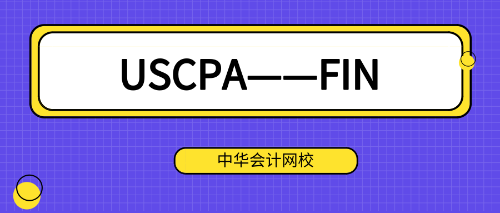扫码下载APP
及时接收最新考试资讯及
备考信息
因为有目标,所以,我们认真过、努力过、改变过。2019年,顺利通过USCPA考试就是我们的小目标之一。正保会计网校为大家整理了USCPA精选习题48:Financial,希望大家利用好这些内容。

On December 31, Year 1, Taylor, Inc. signed a binding agreement with a bank for the refinancing of an existing note payable scheduled to mature in February, Year 2. The terms of the refinancing included extending the maturity date of the note by three years. On January 15, Year 2, the note was refinanced. How should Taylor report the note payable in its December 31, Year 1, balance sheet?
a. A long-term note receivable.
b. A current liability.
c. A current note receivable.
d. A long-term liability.
【正确答案】d
【答案解析】
Choice "d" is correct. A short-term obligation is excluded from current liabilities and included in noncurrent debt if the company intends to refinance it on a long-term basis and the intent is supported by either the existence of a noncancelable financing agreement or an actual refinancing prior to the issuance of the financial statements. As both of these conditions have been met, the note should be reported as a long-term liability on the December 31, Year 1, balance sheet.
Choice "b" is incorrect. This note should be classified as long-term, not current, on the December 31, Year 1, balance sheet because the company signed a binding refinancing agreement with the bank on December 31.
Choices "a" and "c" are incorrect. As Taylor, Inc. has an obligation to repay funds to the bank, the note would not be classified as a receivable.
相关推荐:
有意向报考的AICPA的考生赶快点击下方图片进行免费预评估>> 了解AICPA报考条件吧!
Copyright © 2000 - www.fawtography.com All Rights Reserved. 北京正保会计科技有限公司 版权所有
京B2-20200959 京ICP备20012371号-7 出版物经营许可证 ![]() 京公网安备 11010802044457号
京公网安备 11010802044457号